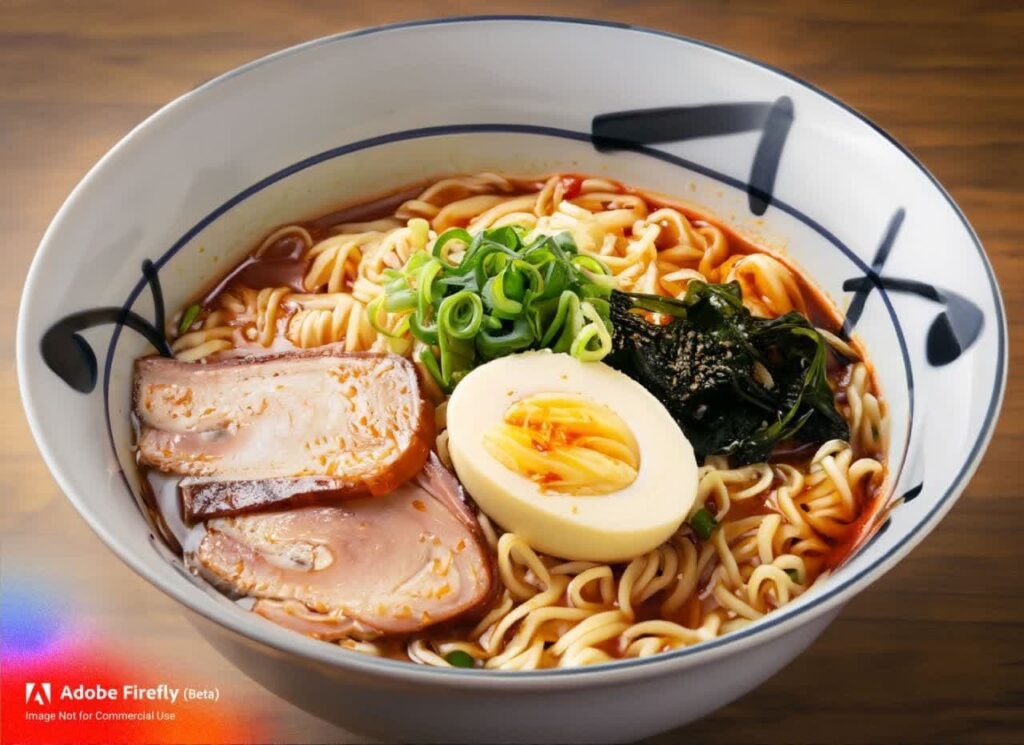About Celery stalk
Celery stalk, with its distinctive crunch and subtle flavor, is a versatile and nutrient-rich vegetable that has become a beloved ingredient in various cuisines around the world. This green wonder not only adds a refreshing element to dishes but also brings a host of health benefits to the table. In this essay, we will explore the origins, nutritional value, culinary uses, and health advantages of celery stalks, celebrating their presence as a delightful and beneficial addition to our meals.
Origins and Culinary Adoption:
Celery, scientifically known as Apium graveolens, has a history that dates back to ancient civilizations. It is believed to have originated in the Mediterranean region, where it was cultivated for medicinal and culinary purposes. Over time, celery spread to other parts of the world and gained popularity as a versatile vegetable, finding its way into salads, soups, stews, and other dishes.
Nutritional Value and Health Benefits:
Celery stalks are incredibly nutritious and offer an array of health benefits:
1. Low in Calories: Celery is a low-calorie vegetable, making it a popular choice for those seeking to maintain a healthy weight.
2. High in Fiber: With its fiber content, celery promotes healthy digestion, aids in maintaining regular bowel movements, and supports gut health.
3. Rich in Vitamins and Minerals: Celery is a good source of vitamins A, K, and C, as well as potassium, folate, and other essential minerals.
4. Antioxidant Properties: Celery contains antioxidants, such as flavonoids and polyphenols, which help neutralize harmful free radicals and reduce oxidative stress.
5. Hydration: Celery has a high water content, contributing to hydration and supporting overall well-being.
Culinary Uses:
Celery stalks are known for their versatility in the kitchen:
1. Salads: Celery adds a refreshing and crunchy element to salads, complementing other ingredients with its mild taste.
2. Soups and Stews: Celery is a staple in many soups and stews, imparting a subtle flavor and adding texture to the dishes.
3. Juicing: Celery stalks are popular ingredients in fresh vegetable juices, providing a nutritious and hydrating beverage.
4. Snacks: Celery sticks are often enjoyed as a healthy and satisfying snack, especially when paired with dips or spreads.
Cultural Significance:
Celery stalks have cultural significance in various cuisines and celebrations. In some cultures, celery is considered a symbol of victory and is used in certain traditional festivals and rituals. Its widespread presence in global cuisines showcases its adaptability and appeal across different culinary traditions.












